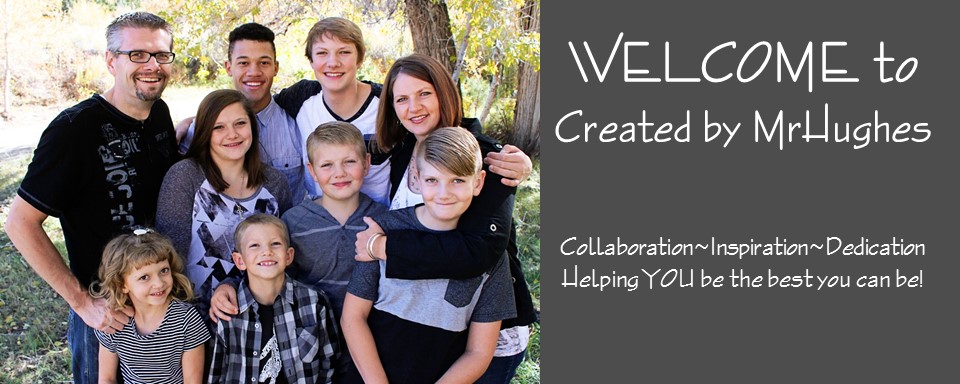Well, Readers. We are on the downhill slope of this amazing book! I don't know about you, but this has been a very eye-opening read. I am going to use a different format today for this posting. In fact, I am hoping that most of this will be DISCUSSION by those who are reading the book. Even if you aren't you can still look over the questions and share your thoughts.
Chapter 6 covered the Speaking and Listening Standards. I didn't think there would be much in this chapter that I would need to know about. After all, after 13 years of teaching, I think I know what I am doing.
WRONG!
My first eye-opening moment was when I hit page 109- Oral Language Development. As I started reading about how students acquire and use language, I skipped to the end thinking I would need to read there to find about about my students. Nope. Backed up one. Nope...backed up again...Well...sort of...Backed up one more level. Yup. Most of my students are sitting in the consolidated language for learning phase. Which is 2 phases short of where they SHOULD be. I was frustrated with this revelation. I always thought 6th graders were "advanced". Ha ha. Yeah... no!
Then as I kept reading, I hit the IRE problem discussed starting on page 114. WHOA! I think they did this study in my classroom. See, I was just doing what I was taught in college. Thankfully they discuss how to avoid this problem. That will really be a challenge for me to overcome, but, I shall do my best.
I really LOVED the idea of Accountable Talk from page 115. This is the answer to the problem from page 114.
The rest of the chapter was sharing and explaining strategies that will help teachers meet the new CCSS for this strand.
Some, like KWL charts I have used. Others, like ReQuest, was totally new and something that I plan to look more into using.
What about you? What did you learn or find eye opening? Join in the discussion in the comments section below. Use the REPLY button under a question/statement to share your thoughts.
I look forward to hearing what you have to say.
-Mr. Hughes
1- Where do you feel YOUR students are on the Oral Language Development chart?
2-Do you find yourself in the IRE trap? (The Initiate, Respond, Evaluate model is where you ask a question, the student answers, you decide if they know and move on or ask another question.) If so, why do you think this is an issue. If not, what have you found effective to help you?
3-What strategies/formats/templates/etc. have you employed with your your students to get them really talking (using accountable talk, if you will)?
4-Other thoughts about the CCSS Speaking and Listening Standards?
Don't miss the other chapters that have been covered:
Here is the Remaining Post dates!
Next to post is:
By 2 Brainy Apples! Click HERE to visit her site and bookmark it for next Monday!








